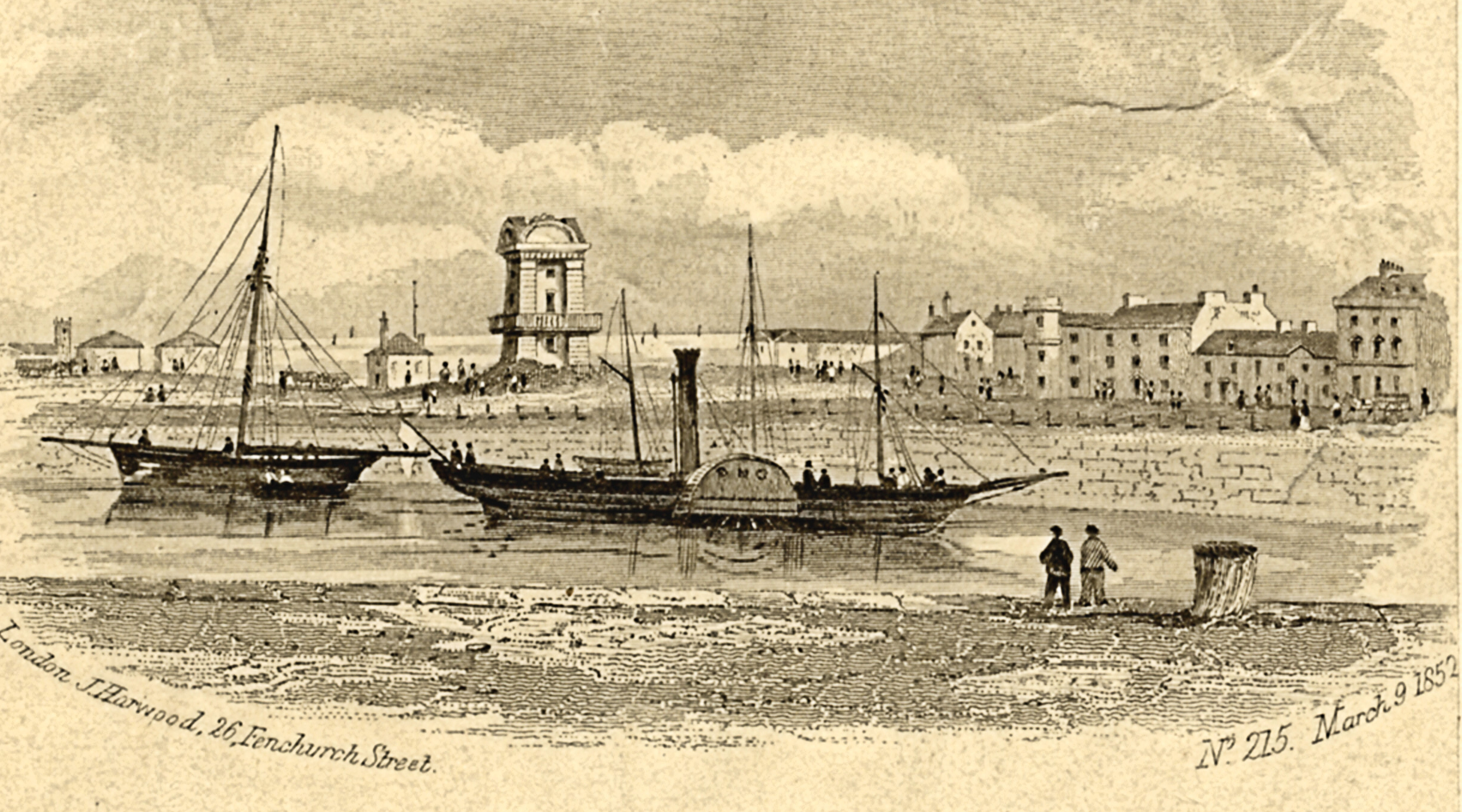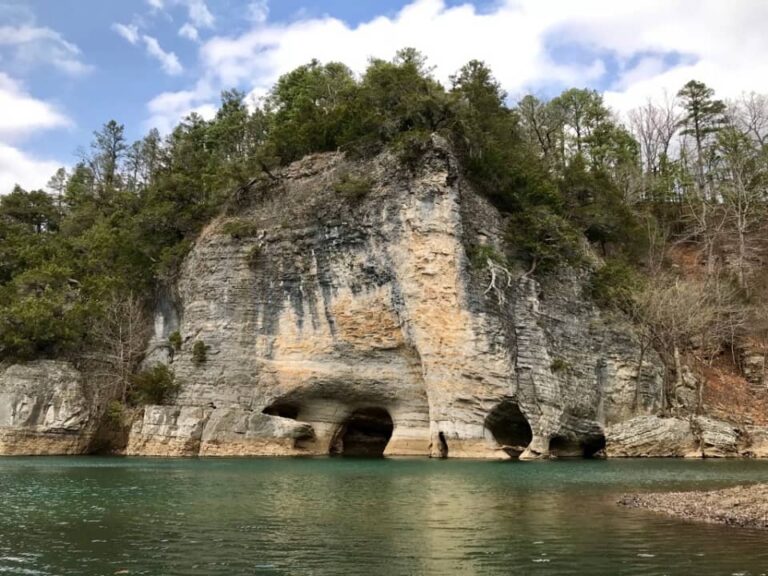🕳️ The Secret Underground World Beneath St. Louis: A Hidden Adventure Right Under Your Boots
Fellow adventurers, what I’m about to share will change how you see downtown St. Louis forever.
Picture this scene: You’re standing near the Gateway Arch, watching tourists snap selfies and street vendors hawk their wares, when suddenly you realize something that’ll give you goosebumps—beneath your hiking boots lies a sprawling underground kingdom that most people walk over every single day without a clue.
I’m talking about the forgotten cave empire beneath St. Louis—a subterranean maze of limestone tunnels, abandoned beer cellars, and bootlegger hideouts that reads like something out of an Indiana Jones movie. This isn’t some tourist brochure fluff, folks. This is the real deal: a hidden world that shaped the Gateway City in ways that’ll blow your mind.
Grab your headlamp and follow me down the rabbit hole. We’re going underground.
💡 Did you know?
- Missouri is nicknamed the “Cave State”, with over 7,500 recorded caves dnr.mo.gov.
- The state also has 16,000+ sinkholes and 4,400+ natural springs dnr.mo.gov.
- Caves play key roles in groundwater filtration, archaeological history, and habitat for rare species .
🗿 Why Mother Nature Built St. Louis on a Swiss Cheese Foundation

Here’s something they don’t teach you in geography class: St. Louis sits on top of what’s basically nature’s own skyscraper—except it goes down instead of up.
The entire city rests on a foundation of limestone that’s been carved into natural caves for thousands of years. Water seeps through the porous rock, carving out chambers and corridors like a patient sculptor. The result? A network of underground spaces that early settlers stumbled upon and thought, “Well, hot damn—free real estate!”
But here’s where it gets interesting. These weren’t just random holes in the ground. These caves maintained a constant 50-55°F temperature year-round. In the blistering Missouri summers and bone-chilling winters, that was pure gold.
Think about it: Before electricity, before refrigeration, before ice machines—these caves were nature’s perfect refrigerator, just waiting to be discovered.
🍺 When German Immigrants Turned Caves into Beer Gold Mines

This is where our story gets seriously cool.
Around the 1840s, waves of German immigrants arrived in St. Louis with something revolutionary: the knowledge of lager brewing. But here’s the catch—lager beer needs to ferment at cold temperatures for weeks or even months. In Missouri’s climate, that was nearly impossible.
Enter the caves.
Brewers like the Lemp family and Adolphus Busch (yes, that Busch) took one look at the limestone caves beneath St. Louis and saw opportunity knocking. They didn’t just use the existing caves—they expanded them, creating an underground beer empire that would make any modern craft brewery jealous.
Picture this: Miles of tunnels stretching beneath the city, complete with:
- Underground railways for moving beer barrels
- Ventilation systems that would impress modern engineers
- Storage chambers the size of cathedral halls
- Worker quarters where people literally lived underground
The Lemp Brewery alone had tunnels that allegedly stretched from their facility all the way to the Mississippi River. Imagine walking underground for miles without seeing sunlight, surrounded by thousands of barrels of aging beer. It was like a subterranean beer city beneath the regular city.
By the 1870s, St. Louis had become America’s beer capital, and it all happened because of what lay beneath the streets.
🥃 Prohibition: When Caves Became the Wild West Underground

Now here’s where our underground adventure takes a dark turn.
When Prohibition slammed down in 1920, all those perfectly designed beer tunnels didn’t just disappear. They went rogue.
Overnight, the same caves that had built America’s beer empire became the playground for bootleggers, rumrunners, and organized crime. The St. Louis underground turned into something out of a gangster movie:
- Secret speakeasies hidden beneath innocent-looking buildings
- Hidden distilleries producing moonshine in chambers that once held legitimate beer
- Smuggling networks where illegal alcohol moved through the city like blood through veins
- Mob meetings in limestone chambers where echoes swallowed secrets
Local legends still whisper about underground poker games, secret entrances through basement floors, and narrow escapes through tunnel networks when the feds came knocking. Some old-timers claim their grandparents knew every tunnel entrance in their neighborhood—knowledge passed down like family recipes.
The best part? Many of these stories have never been fully verified, which means there are still secrets buried down there, waiting to be discovered.
⚠️ The Great Sealing: When Progress Buried History
Here’s where our adventure story takes a practical turn—and not necessarily a happy one.
As the 20th century rolled on, technology caught up with innovation. Refrigeration became standard, air conditioning arrived, and suddenly those underground caves weren’t essential anymore. Progress, as it often does, steamrolled over history.
But Mother Nature had the last laugh.
Sinkholes started appearing around the city as empty caves collapsed beneath the weight of modern development. Construction crews would break through into forgotten chambers, finding rusted beer equipment, mysterious bottles, and tunnels that led… somewhere.
Safety concerns mounted. Insurance companies got nervous. City officials made the practical (but disappointing) decision: seal it up.
Over the decades, most entrances were filled with concrete, built over, or simply forgotten. The underground empire that had shaped St. Louis faded into urban legend—hidden in plain sight beneath millions of footsteps.
🔦 Modern Treasure Hunters: The Underground Lives On
But here’s where our story gets exciting again.
In recent years, a new generation of explorers has rediscovered the St. Louis underground. Urban explorers with headlamps and cameras have documented secret entrances that survived the great sealing. Historians armed with ground-penetrating radar are mapping tunnels using old brewery records and city archives.
The discoveries are incredible:
- Perfectly preserved beer cellars with original equipment still in place
- Tunnel networks that connect buildings blocks apart
- Limestone chambers carved with names and dates from the 1800s
- Evidence of Prohibition-era modifications and secret passages
Local universities are now studying the cave system as both geological wonder and historical treasure. Each new discovery adds another piece to the puzzle of what lies beneath the Gateway City.
The underground isn’t dead—it’s just sleeping.
🎯 Where You Can Experience Underground St. Louis Today
Ready to get your boots dirty? Here’s where the adventure-minded can still glimpse this hidden world.
Lemp Brewery Underground Tours 🏭
This is the crown jewel of underground St. Louis exploration. When tours are available (they’re seasonal and limited), you’ll descend into authentic limestone caves where beer was once stored and aged.
What you’ll see:
- Original stone-carved chambers
- Remnants of the underground railway system
- Cool 55°F temperatures that hit you like stepping into another world
- Ghost stories that’ll give you chills (and maybe encounters—this place is seriously haunted)
Pro tip: Book early. These tours fill up faster than a sinkhole after heavy rain.
Cherokee Street Underground Cellars 🍻
This vibrant neighborhood sits directly on top of old brewery tunnels. Several businesses have preserved portions of their limestone basements, turning them into unique architectural features.
Adventure factor: Ask local business owners if they have underground spaces. Many are happy to show off their historic cellars to curious visitors.
City Museum Underground Experience 🎢
While not historically authentic, this wildly creative attraction captures the spirit of St. Louis’s underground world through tunnels, caves, and repurposed industrial materials.
Why it matters: It’s a family-friendly way to experience that underground adventure feeling—plus you might inspire the next generation of cave explorers.
Urban Exploration (Proceed with Extreme Caution) ⚠️
Disclaimer: Most underground areas are private property, potentially dangerous, and legally off-limits.
That said, urban explorers continue to document surviving entrances and accessible areas. If you’re serious about underground exploration:
- Never go alone
- Bring proper safety equipment
- Respect private property
- Know your legal boundaries
- Have emergency contacts
🧭 The Underground Adventure Continues
Here’s what gets me fired up about the St. Louis cave system.
This isn’t just history—it’s living adventure hiding beneath a modern city. Every time you walk downtown St. Louis, you’re literally walking over:
- Tunnels that housed America’s beer revolution
- Chambers where Prohibition outlaws planned their next moves
- Limestone halls where immigrant families built the foundation of a major American city
- Secret passages that connected buildings, neighborhoods, and dreams
The stories are still down there. The adventures are still waiting. And the mysteries? Well, those are the best part.
❓FAQ: St. Louis Underground Caves
Q: Can you visit the underground caves in St. Louis?
A: While many are sealed off, you can visit parts of the Lemp Brewery cave system on guided tours and explore cellars beneath Cherokee Street.
Q: Are the tunnels under St. Louis real?
A: Yes! St. Louis sits atop limestone caves and man-made brewery tunnels used in the 1800s and during Prohibition.
Q: Are there haunted caves in St. Louis?
A: The Lemp caves are rumored to be haunted and have been featured on paranormal TV shows.
Enhance Your Visit: Nearby Cave Adventures
While you’re on a hidden cave kick, consider visiting other Missouri caves:
- Onondaga Cave State Park is a National Natural Landmark, renowned for limestone formations and guided tours mostateparks.com.
- Graham Cave State Park features an entrance with 10,000-year-old Native American artifacts and scenic trails en.wikipedia.org+1reddit.com+1.
- Crevice Cave, the longest in Missouri, stretches more than 31 miles underground en.wikipedia.org.
🎒 Your Underground Mission (Should You Choose to Accept It)

Next time you’re exploring downtown St. Louis, don’t just look up at the Gateway Arch—look down.
Feel the sidewalk beneath your feet and imagine the world below. When you’re walking past old brick buildings, wonder about what basements might connect to forgotten tunnels. When you see a utility cover or an old basement door, think about the adventures that might lie just beyond.
The underground world of St. Louis is still there. It’s waiting for the next generation of explorers, historians, and adventure-seekers to uncover its secrets.
Who knows? Maybe you’ll be the one to discover the next hidden chamber, the missing tunnel, or the lost speakeasy that everybody whispered about but nobody could find.
The cave system that built St. Louis isn’t going anywhere. It’s just waiting for you to find it.
Keep exploring, fellow adventurers. The Midwest’s best secrets are often hidden in plain sight—sometimes literally under our feet.
`🗺️ Tag your underground discoveries with #MidwesternHiker and #StLouisUnderground—we want to see what you find down there! If you loved this article, follow us on X, Pinterest, Insta, or Youtube for more action packed adventures.
Next week: We’re exploring the hidden waterfalls within driving distance of St. Louis. Trust me, you won’t believe what’s hiding in Missouri’s state parks…

